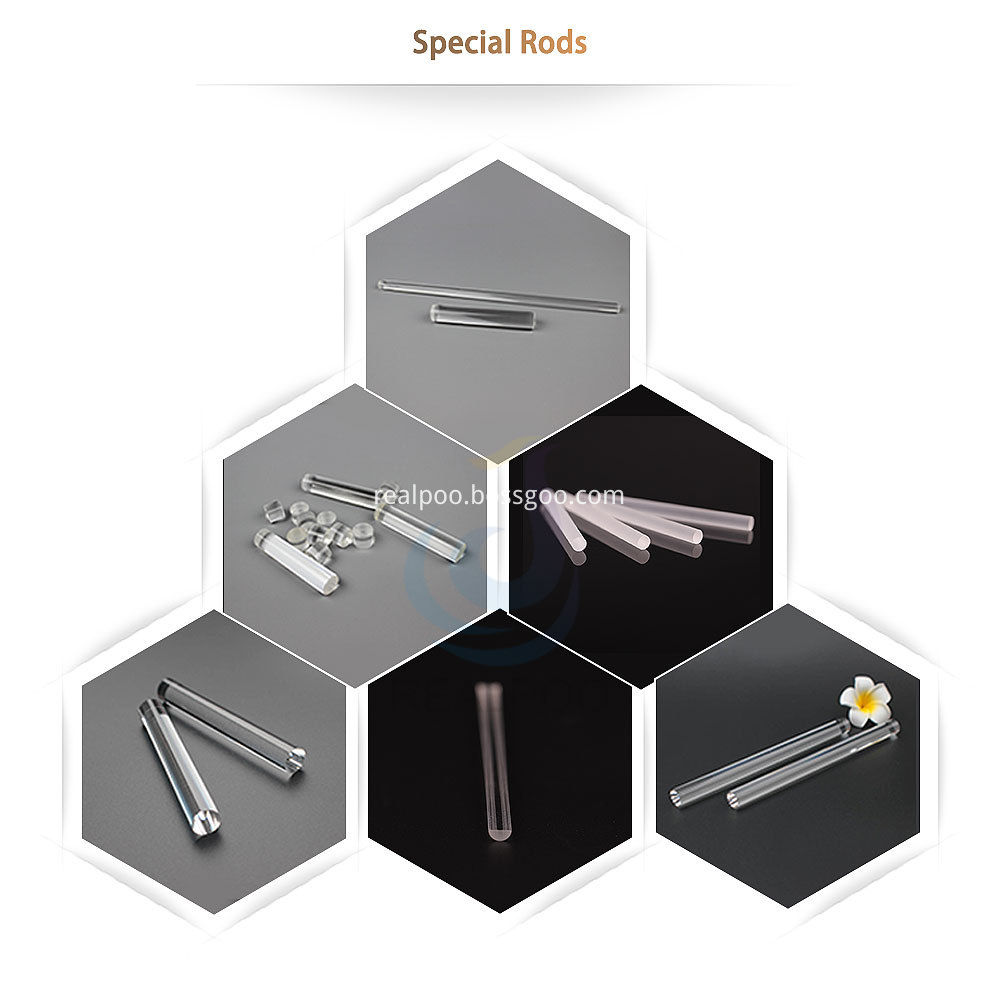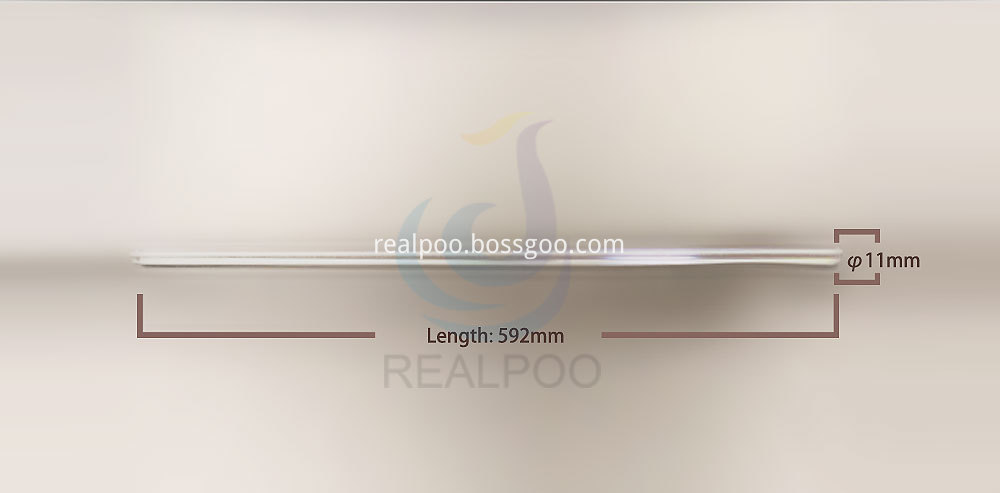UAVs face the "Great Leap Forward" crisis, capital is difficult to join the giants
As soon as drones made their way into the market, they quickly captured public attention. Capital flooded into the drone industry, and the pace of development continued to accelerate. However, this rapid growth led to a homogenized market where innovation was limited, and the long return cycle for investments gradually dampened enthusiasm among investors. Now, the focus is shifting toward industry-level applications, making it difficult for companies to become dominant players in the short term.
At the beginning, Zhang Lei, a tech-savvy entrepreneur, was involved in research on the zero-level intelligent control of consumer-grade drones—mainly used for aerial photography and entertainment. In 2013, with the technology maturing, he decided to start his own business. But after some time, his small team of three or four people had to disband due to financial pressures, and he returned to a company to continue his R&D work. In October 2016, he recognized the potential of drones in agricultural plant protection and joined a team focused on developing intelligent flight control platforms for industrial use.
Despite the promising outlook, challenges such as scene adaptability, after-sales support, and battery life have hindered the growth of industry drones. Industry experts point out that both technological and market foundations are still weak. While the future looks bright, companies and investors must wait for the right moment before commercial value becomes clear.
The rise of drones in the public eye can be traced back to their appearance in TV shows like “Where Dad Goes.†In February 2015, a viral story about a drone delivering a wedding ring at a birthday party caught the attention of millions. As consumer-grade multirotor drone technology matured, prices dropped significantly. A high-definition aerial drone could now be purchased for around 3,000 yuan, capable of flying up to 500 meters.
This trend sparked an explosion in the consumer drone industry, especially in Shenzhen. Entrepreneurs and investors flocked in, and many found it easy to secure funding just by mentioning "UAV" in their business plans. According to insiders, the investment boom was rampant, with many startups lacking real technical expertise or solid teams.
Civil drones are broadly divided into two categories: consumer and industry. Consumer drones are mainly used for aerial photography and entertainment, while industry drones have a wide range of applications, including agriculture, power line inspection, logistics, and medical rescue.
Zhang Lei, who has experienced every stage of the drone industry, felt that the market was moving too fast. He recalls how, during his time in the field, the competition was fierce, and many startups struggled to survive. Similarly, at Beihang University, many students were competing in entrepreneurial contests, often focusing on drones as their main idea.
When Zhang Lei first started his business, he built a small team, but the reality proved more complex than expected. There was no funding, and many others faced similar difficulties. Zhao Guocheng, founder of a newly listed drone company, described the 2015 market as "crazy."
Capital inflow accelerated, and according to reports, risk investment in drone manufacturers and application developers doubled in 2014. Companies like DJI raised significant funds, and Shenzhen became a hub for over 300 drone firms, with annual sales exceeding 20 billion yuan.
Li Da, a researcher from a drone association, noted that in Shenzhen, it was common to find factories producing all drone parts within a short distance.
However, the situation changed by the end of 2016. The influx of low-cost, homogenized drones intensified competition, and the long return cycle eroded investor enthusiasm. Early leaders like DJI saw the market peak, and many startups without core technology or capital were forced to exit.
Zhang Lei observed that most drones on the market were from DJI, making it nearly impossible for other brands to compete. Even companies like Zero Degree Intelligence, once a leader, faced layoffs and restructuring.
Other well-known companies, such as Yihang, also struggled. Recently, a banner outside its office read, “Guangzhou Yihang has not repaid loans for 19 months.â€
Industry experts attribute the crisis to factors like lack of core technology, failure to adapt, and regulatory tightening. Black flying incidents raised safety concerns, prompting stricter regulations from the Civil Aviation Administration.
In response, DJI shifted its focus to the industrial sector, while others began exploring niche markets. Li Da noted that only a few consumer drone companies remained active, with many either closing down or transforming.
Looking ahead, Zhao Hao believes that the next phase of competition will be driven by technical strength, supply chain management, and capital. He expects many consumer drone companies to shut down or pivot in 2018.
Zhang Wei, from Xingyi Capital, argues that consumer drones haven’t addressed real, high-frequency needs, and that the industry drone market may see faster growth.
Industry drones have already been in development for years. For example, Yiwate targeted the industrial market as early as 2010. Unlike the crowded consumer market, the industrial sector is still in a blue ocean phase, offering greater commercial potential.
Technological breakthroughs in areas like flight control, communication, and materials have laid the groundwork for industrial drones. These machines are now being applied in agriculture, power inspection, security, and even firefighting.
Li Da shared an example of a recent security exercise where drones intercepted suspects using real-time video and positioning. In fire protection, drones equipped with infrared cameras help locate fires and deploy fire suppression devices.
In agriculture, government subsidies for plant protection drones are opening new opportunities for spraying, sowing, and fertilizing.
Despite the promise, challenges remain. Scene adaptability, obstacle avoidance, and battery life are still major hurdles. After-sales support is also critical, especially for industry drones that require quick repairs.
Zhang Lei believes that the industry drone market won't follow the same mass-market model as consumer drones. Instead, success will depend on localized service, strong technical capabilities, and deep integration with industry needs.
While the transition to industry-level drones is underway, the market is still in an accumulation phase, not yet experiencing the explosive growth seen in 2015. Investors are cautious, waiting for clearer returns.
Michael Moritz of Sequoia Capital sees drones as a long-term trend, but acknowledges that many companies will struggle to survive the long-term investment cycle. Whether the industry can deliver on its promises remains to be seen.
Realpoo Optics' Guide Rods are single straight rods which suit applications requiring bulk light transmission as well as optical mixing in straight shapes. They are typically used to isolate or remotely locate photo sensors and light sources.
About polishing, we can offer different options: Flat surface polishing and bent surface not polishing; or bent surface polishing and two flat surfaces not polishing ; or all surfaces not polishing. All is depending your requirements.





Glass Rod,Collimating Lens,Optics For Lasers,Glass Cylinder
Changchun Realpoo Photoelectric Co., Ltd. , https://www.optics-realpoo.com